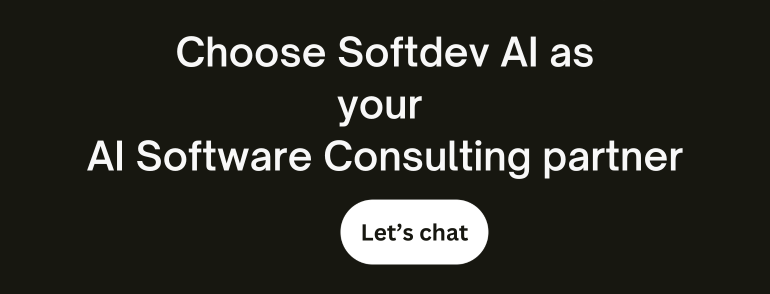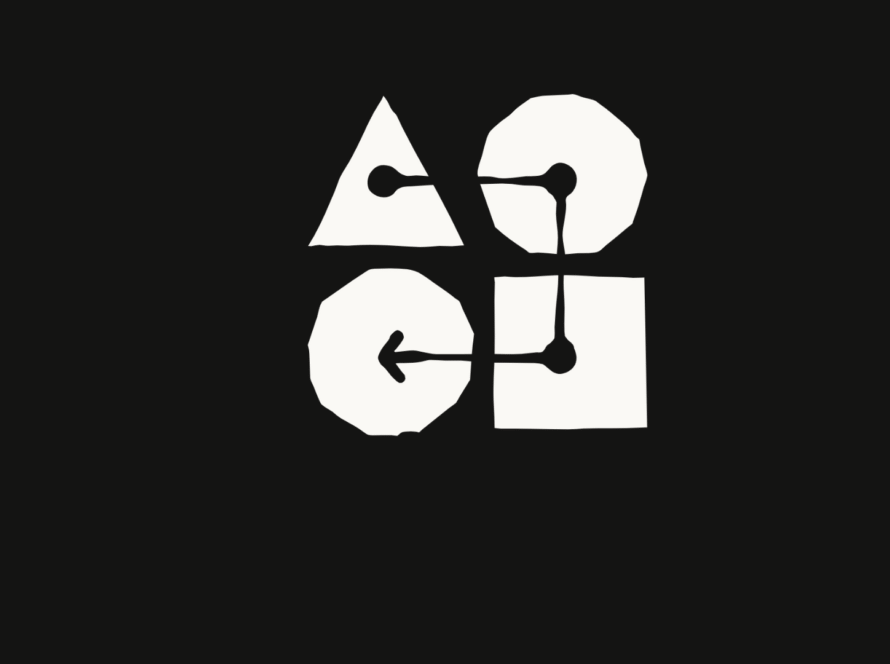Artificial intelligence in human resources has evolved significantly, from simple task automation to sophisticated generative systems creating content and analyzing workplace sentiment. Now, we’re entering a transformative phase: autonomous AI agents that don’t merely process information but take independent action.
Autonomous AI Agents
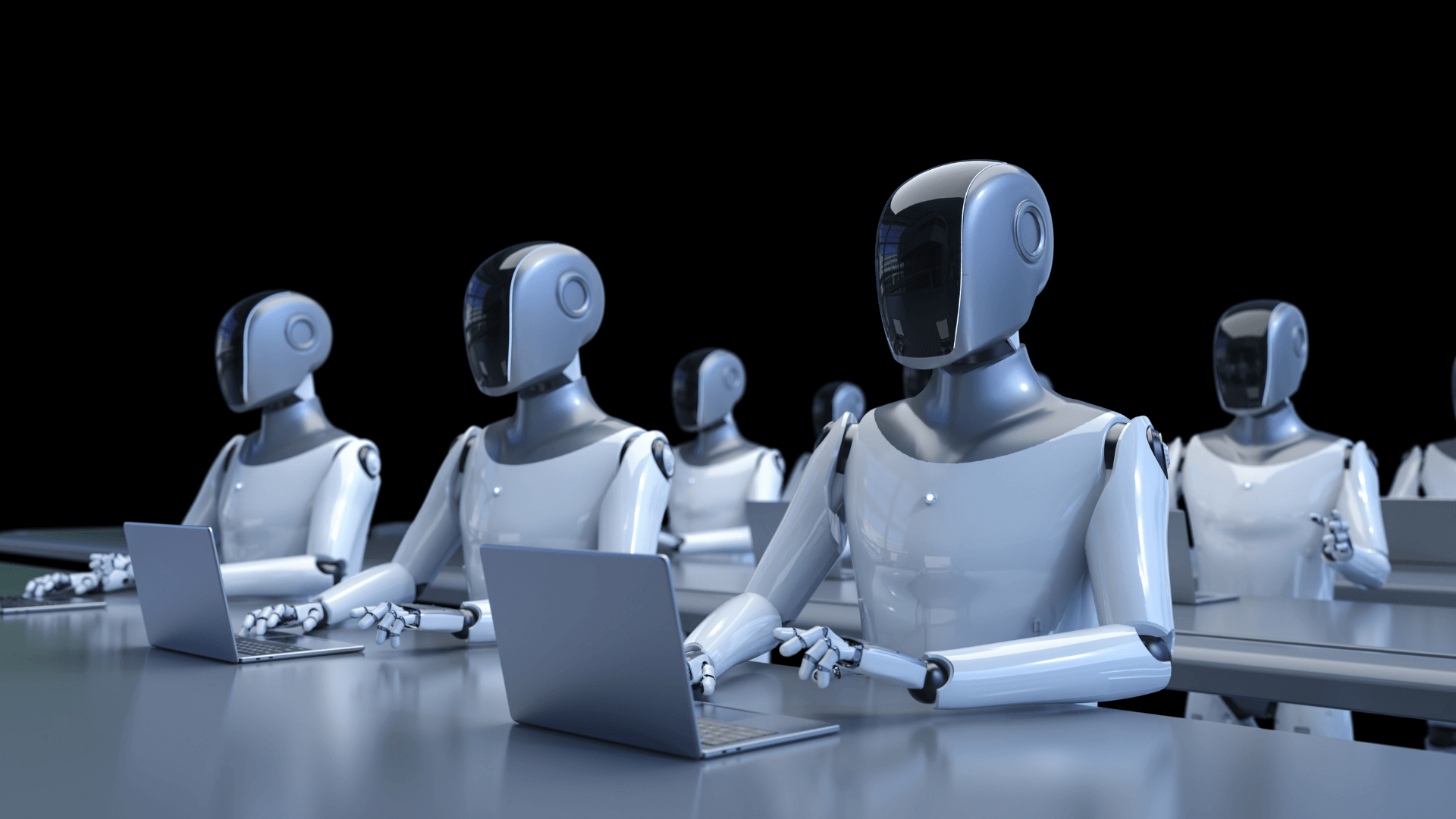
Traditional AI and automation systems perform specific, predefined tasks. Autonomous AI agents represent something fundamentally different, they independently coordinate workflows, adjust to changing circumstances in real-time, and integrate seamlessly across multiple platforms.
Consider this scenario: An AI recruiting assistant discovers qualified candidates, coordinates interview schedules with department heads, and automatically adjusts those schedules when conflicts emerge, entirely without manual intervention. This capability isn’t hypothetical; it’s becoming the new standard in HR technology.
However, comprehension of this technological shift varies widely. Recent survey data from Everest Group reveals that merely 22% of HR executives confidently grasp the distinction between conventional AI and autonomous agents. Nearly half (49%) possess partial understanding, while 29% remain entirely unclear about the differences.
The consensus? Interest is growing rapidly, yet considerable uncertainty persists regarding the practical implications of autonomous AI.
The Current Development Stage
Autonomous AI remains in relatively early development phases. During a recent Everest Group webinar poll, 86% of participants classified these solutions as being in early-to-middle maturity stages. Specifically, 38% positioned current capabilities at Level 2 (AI assistance functions), while 48% placed them between Levels 2 and 3 (semi-autonomous agents).
Remarkably, just 1% believe we’ve achieved Level 4 autonomy, where systems execute strategic decisions independently with genuine self-direction.
This data confirms that fully autonomous, self-improving agents remain aspirational, though pioneers are already extracting meaningful value from AI assistants and semi-autonomous systems.
Why Human Resources Leads the Charge
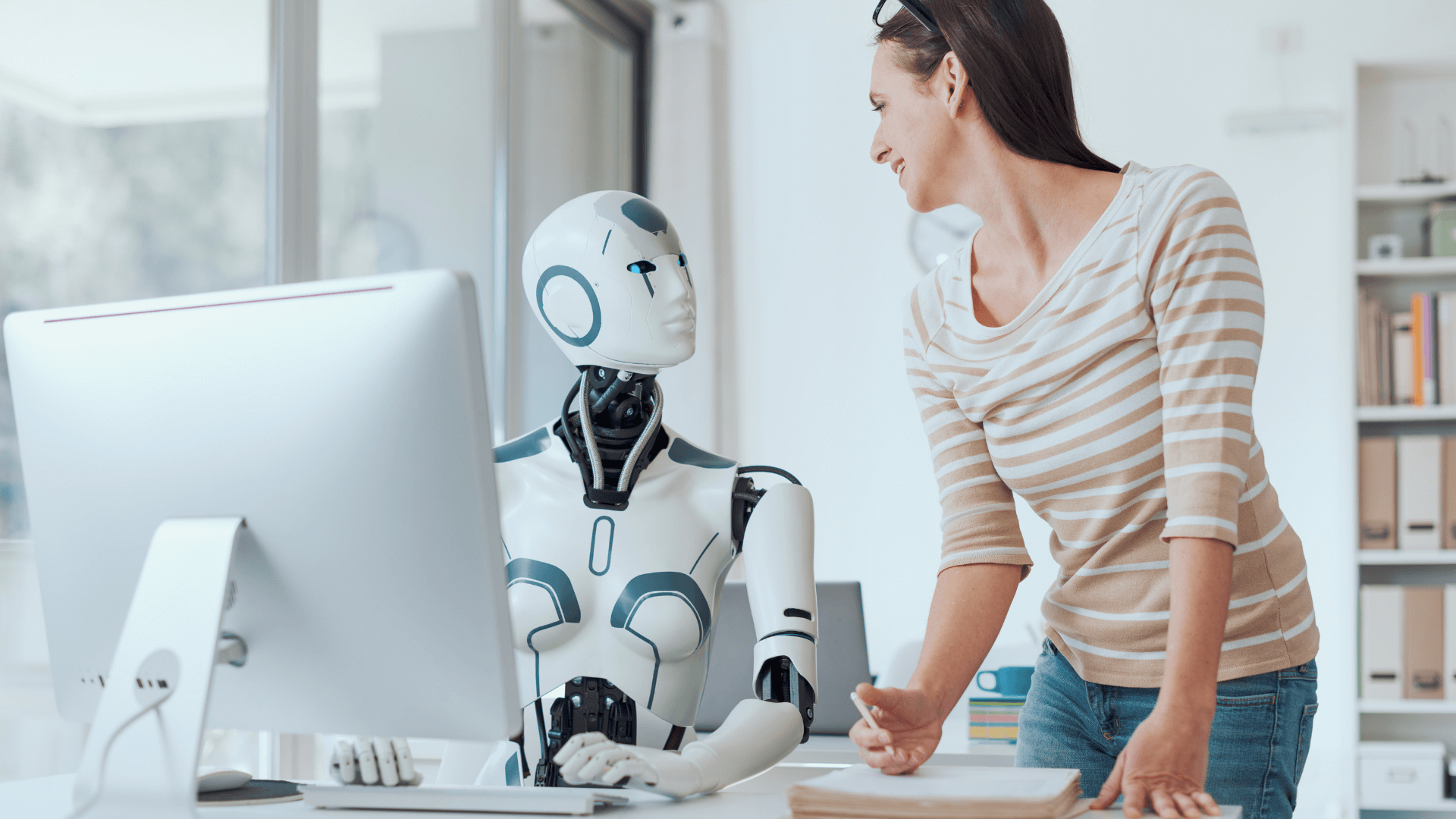
Everest Group research indicates that 73% of autonomous AI implementation occurs within cross-functional business operations, with HR emerging as a primary focus area—surpassing Finance, Customer Service, and Information Technology.
What makes HR particularly suited for this technology? The function operates at the convergence of procedural complexity and human subtlety. Functions like talent acquisition, employee integration, skill development, and performance evaluation involve data-intensive, standardized processes that simultaneously demand contextual understanding and customization, an ideal environment for autonomous AI testing.
Demonstrated Business Value
Organizations piloting autonomous AI in HR report concrete benefits across five critical areas:
Process Efficiency – Complex workflows including employee integration and benefits management now require significantly less manual intervention and complete faster.
Team Productivity – HR professionals redirect their attention toward strategic initiatives like workforce strategy and diversity programs rather than administrative duties.
Financial Optimization – Standardized processes become more streamlined, reducing dependence on external service providers.
Standards and Accountability – Autonomous systems enhance uniformity and create better audit trails.
Workforce Satisfaction – Customized, context-sensitive interactions improve engagement and support, particularly for distributed teams.
Collectively, these advances establish HR as more than a technology adopter—it becomes a driver for organization-wide AI transformation.
Current Adoption
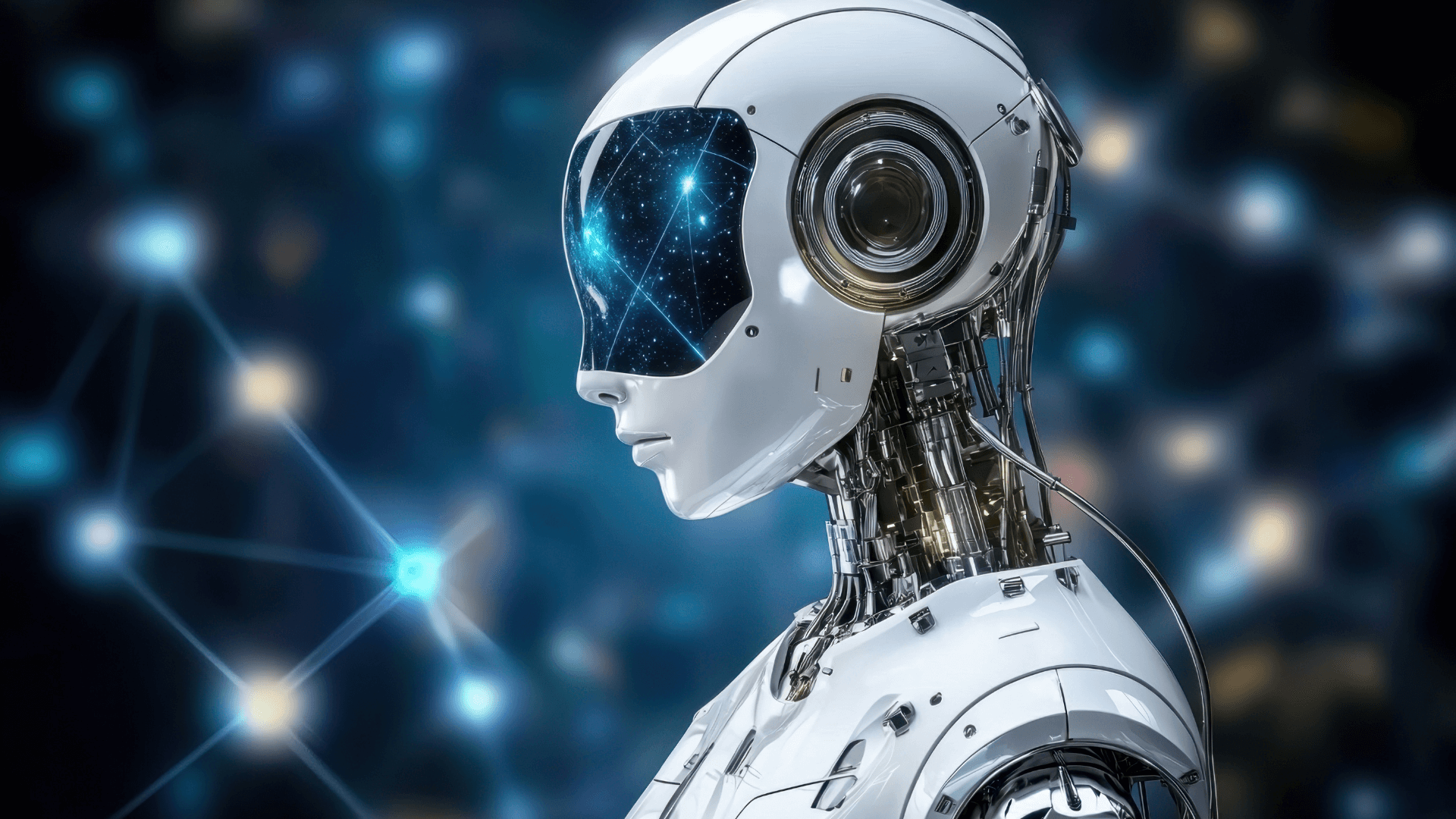
When surveyed about their organization’s autonomous AI implementation progress, 53% of HR and business executives report remaining in pilot or testing phases (Phase 1), evaluating specific applications to establish confidence and demonstrate value.
Meanwhile, 21% have advanced to multi-departmental expansion (Phase 2), and only 3% have achieved comprehensive integration (Phase 3). A cautious 17% remain in preliminary preparation (Phase 0), while 6% haven’t initiated any efforts.
These findings illustrate an emerging but accelerating adoption pattern—where data infrastructure, executive commitment, and organizational culture determine competitive advantage.
Selecting Implementation Partners
Autonomous AI in HR requires collaboration across multiple vendors. According to Everest Group’s research, 42% of survey participants prefer partnering with established HR technology platforms (like HCM systems) to develop autonomous capabilities, 32% favor specialized AI providers (such as Ema), and 17% choose consulting firms (like Accenture or IBM) offering comprehensive change management support.
Notably, only 8% prioritize major cloud providers such as AWS, Microsoft, or Google as their primary entry point.
This pattern reveals a pragmatic preference: HR leaders prioritize integrated, domain-specific expertise over generic AI infrastructure.
Navigating Beyond the Hype
Autonomous AI isn’t a simple installation. Everest Group’s readiness assessment identifies four essential foundations for successful adoption:
Executive and Cultural Preparation: Visionary leadership and organizational receptiveness to transformation.
Data and Technology Maturity: Unified, reliable information systems.
AI and Technical Foundation: Expandable, protected platforms.
Workflow Oversight: Defined accountability and regulatory frameworks.
Organizations without these elements risk developing disconnected automation projects that appear successful initially but cannot scale effectively.
The Path Forward
As autonomous AI advances, HR must play an essential role alongside partners in IT and enterprise AI transformation teams.
What began as automating routine tasks could evolve into self-optimizing ecosystems—where AI agents continuously learn, collaborate, and enhance their capabilities.
We’re still in the early stages, but the trajectory is clear. Autonomous AI won’t merely support HR functions, it will fundamentally reshape how people, processes, and technology interconnect throughout organizations.
For the present, HR leaders should adopt a measured strategy: begin with focused pilots, rigorously track outcomes, and architect for future expansion.
Organizations following this approach won’t just adapt to technological change, they’ll shape the future of workplace innovation.
Frequently Asked Questions
What’s the difference between traditional AI and autonomous AI agents?
Traditional AI performs specific, predefined tasks like analyzing data or generating content. Autonomous AI agents go further, they independently coordinate workflows, adapt to real-time changes, and integrate across multiple systems without human intervention. For example, while traditional AI might screen resumes, an autonomous agent can identify candidates, schedule interviews, and automatically reschedule when conflicts arise—all without manual input.
Are autonomous AI systems mature enough for enterprise use?
Not quite yet. According to Everest Group research, 86% of respondents believe these solutions are still in early-to-middle maturity stages. Only 1% think we’ve reached true Level 4 autonomy where systems make strategic, self-directed decisions. However, organizations are already seeing measurable value at the AI assistant and semi-autonomous agent stages, making it worthwhile to start piloting use cases now.
Why is HR particularly well-suited for autonomous AI adoption?
HR operates at the intersection of procedural complexity and human nuance. Functions like recruitment, onboarding, learning, and performance management involve data-intensive, repeatable processes that also require contextual understanding and personalization. This combination makes HR an ideal testing ground for autonomous AI, which excels at handling both structure and adaptability.
What tangible benefits are early adopters seeing?
Organizations piloting autonomous AI in HR report improvements across five key areas: increased process efficiency with faster turnaround times, enhanced team productivity as HR focuses on strategic work, financial optimization through reduced vendor reliance, better standards and accountability with improved audit trails, and enhanced workforce satisfaction through personalized, context-aware interactions.
What stage are most organizations at with autonomous AI adoption?
The majority (53%) are still in pilot or testing phases, evaluating specific applications to build confidence and demonstrate ROI. Another 21% have progressed to multi-departmental expansion, while only 3% have achieved comprehensive integration. About 17% are in preliminary preparation, and 6% haven’t started yet. This shows adoption is accelerating but still early stage.
Should we partner with our existing HR platform or a specialized AI vendor?
It depends on your needs, but most organizations (42%) prefer partnering with established HR technology platforms like HCM systems to build autonomous capabilities. Another 32% favor specialized AI providers, and 17% choose consulting firms for comprehensive transformation support. Interestingly, only 8% prioritize major cloud providers as their primary entry point, suggesting HR leaders value domain-specific expertise over generic AI infrastructure.
What does our organization need before implementing autonomous AI?
Four foundational pillars are essential: executive and cultural preparation (visionary leadership and openness to change), data and technology maturity (unified, reliable information systems), AI and technical foundation (scalable, secure platforms), and workflow oversight (clear accountability and compliance mechanisms). Without these elements, you risk creating disconnected automation projects that can’t scale effectively across the organization.

